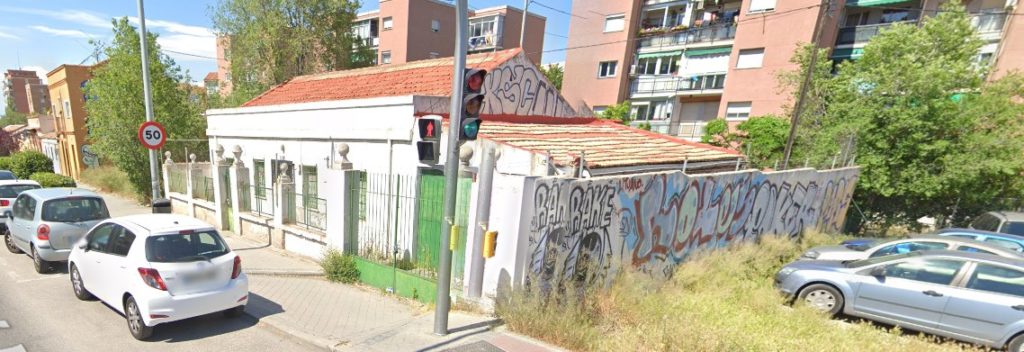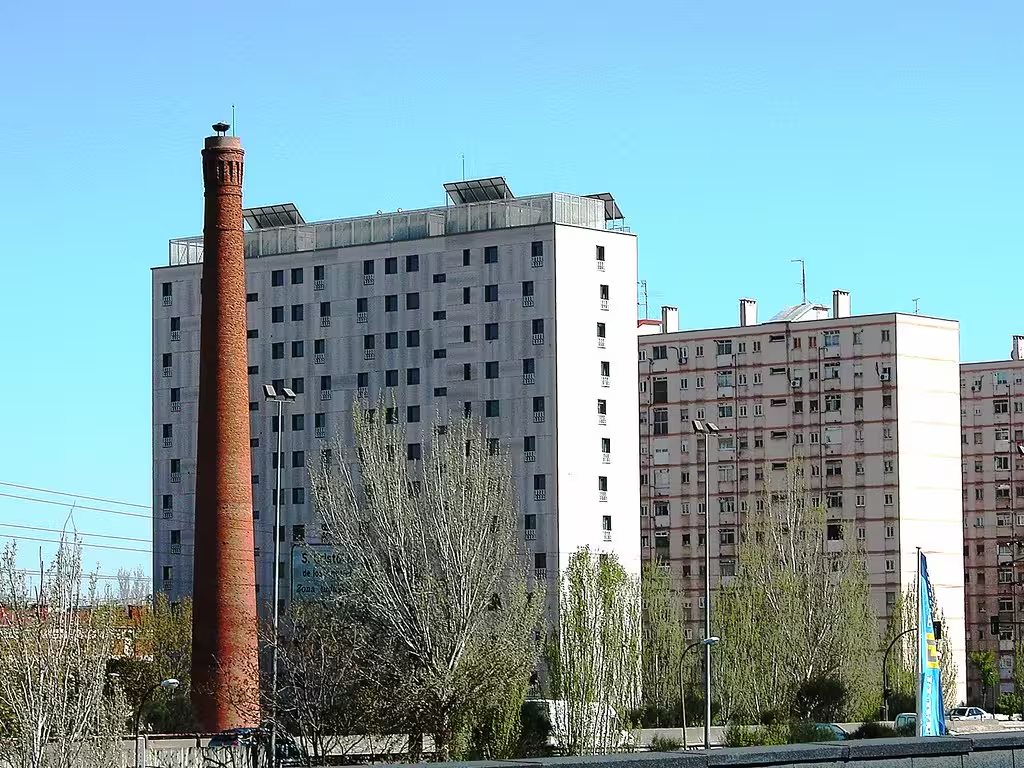-
 BC
14.1k
BC
14.1k
YouTube has quite a few drive-through videos, where a producer drives through a town and provides a commentary on what we are seeing. I like watching these videos. The videos provide scenic views, though often enough the scenic view is a disaster area. Detroit is the candy bowl of urban collapse videos.
There are other places in Michigan that are also in dire straits, like Mount Morris city and township just east of Flynt, MI. Mt. Morris is small - 3,131 people in a fairly large area. One third of the population is living below the poverty line, and the average income is low. The average house is worth just 69,000. Only 4.4% of the population have completed college.
Mt. Morris is the kind of place one thinks of when one was about the opiate, meth, and fentanyl epidemic. It's a place where an unskilled man has at best a slight chance of finding any employment, let alone a good job.
Mt. Morris is one of many places in the large spread of the midwest which has economically flatlined; the old economic base (large factories) is gone, and the commercial infrastructure is crumbling in abandonment.
In addition, these places are FLAT, lacking hills, valleys, thick forests, and large bodies of water. On a cloudy day, the depression is palpable and the geography is debilitating.
Still, people live there, willingly, and it isn't all bad.
-
 BC
14.1kI can find deteriorating neighborhoods in Minneapolis; you can probably find them in your city, too. But in a healthy city, deteriorating neighborhoods are the exception, not the rule.
BC
14.1kI can find deteriorating neighborhoods in Minneapolis; you can probably find them in your city, too. But in a healthy city, deteriorating neighborhoods are the exception, not the rule.
Where the core city (Flynt, for example) is the core of the region, and the core is rotting, there can't be much hope. The whole economic landscape is gradually sinking, and a revitalization is extraordinarily unlikely. The long manufacturing boom which began 100 years ago isn't likely to be remotely approximated again.
Thus, those on the bottom in places like this have no prospects. Is it a surprise that physical and existential pain-reducing drugs are epidemic?
I don't like it, but it seems reasonable that when the "opiate of the masses" no longer works, real opiates will be sought after. -
 javi2541997
7.1k
javi2541997
7.1k
I did a research in my city too. Madrid is the capital city of Spain and it holds many architectural structure related to bourgeois and millionaires, but there are also neighbourhoods which are in decadence.
Very working class neighbourhood... the buildings are part of Franco's era in the 1950s and 1960s.



One interesting fact is that all of those neighbourhoods are in the south of Madrid, while the north is for rich people. Between the 1960s and 1990s there were a huge construction works for middle class families. I live in of these working class districts... I don't consider as "bad" but it feels abandoned by public administration.
This building is similar of the one I live in:

-
 praxis
7k
praxis
7k
I recently learned a bit of Spanish history from reading a bunch of Isabel Allende books. A particularly touching part was when, after Franco took power, a shipload of Spanish asylum seekers arrived in Chile and, despite their fears, were met with dockside fanfare and open arms. -
 javi2541997
7.1kThanks for reading history of my country Praxis :up:
javi2541997
7.1kThanks for reading history of my country Praxis :up:
I know some about that boat, I think it was called SS Winnipeg. Those Spaniards were fled thanks to Pablo Naeruda who decided to organize their travel to Chile. He first worked as Chilean consul in Spain, before being named consul in Paris. The ship was an old French cargo ship which ordinarily could not take more than 250 persons, but it was adapted so it could carry the 2,200 refugees. -
 javi2541997
7.1kI can find deteriorating neighborhoods in Minneapolis; you can probably find them in your city, too. — BC
javi2541997
7.1kI can find deteriorating neighborhoods in Minneapolis; you can probably find them in your city, too. — BC
I'm revisiting this thread because I recently visited San Cristóbal (Madrid).
It is deteriorated, but the chimneys are what impressed me the most. The neighbourhood was a working-class building block of people working in the industry of bricks.

They [the industries] are now closed, and the hood experienced a financial recession. Most folks say this is the most "dangerous" place of Madrid.
-
 BC
14.1kThanks for the video. That San Cristobal is a high crime / dangerous neighborhood doesn't jump out at one. One would need to hang around the place at night, but there are signs that are problematic.
BC
14.1kThanks for the video. That San Cristobal is a high crime / dangerous neighborhood doesn't jump out at one. One would need to hang around the place at night, but there are signs that are problematic.
The housing looks like "public housing", as opposed to privately developed residences. Public housing in itself is a social good, but if it isn't managed carefully, it can turn into concrete jungles. For instance, it's critical to have a balance of adults and children in the buildings. Too many children and too few adults spells trouble. It's important to screen out problematic tenants. The buildings have to be maintained in good condition. Etc.
Chicago's public housing turned into a nightmare and the most of the buildings were torn town. New York City's public housing didn't. It stayed good. Why? Better management and a commitment to long-term maintenance.
San Cristobal has a lot of repetitive concrete/brick buildings located in close proximity. It isn't brick and concrete per se that are problematic. It's the way the buildings either support community or impede it -- or even destroy - it that matters. Again, New York is a crowded city. There are some very desirable and crowded neighborhoods made out of repetitive brick and concrete.
It is difficult to tackle all the problems that make up "high crime" neighborhoods. There just aren't enough social workers, enough jobs, enough public programs, enough therapists, enough of everything. Glad you are not living there -- you were just visiting, right?
Javi's "walk on the wild side"... -
 javi2541997
7.1kYes, that's how public houses looked under Franco's regime. They look like they were printed because they are flat and similar to each other. I was raised in a "public house" (we call them VPO= Viviendas de Protección Oficial) building, but my parents' house was built in 1994, so it is obvious that everything is better in the sense of urbanisation.
javi2541997
7.1kYes, that's how public houses looked under Franco's regime. They look like they were printed because they are flat and similar to each other. I was raised in a "public house" (we call them VPO= Viviendas de Protección Oficial) building, but my parents' house was built in 1994, so it is obvious that everything is better in the sense of urbanisation.
As you noted, the blocks are repetitive, and the main plan was to build as many flats as possible to locate the workers there. I don't see it as problematic, because everyone deserves to live in a house. The problem is that, in most cases, those blocks had poor materials, they were located in the outskirts, and they lacked basic public services such as a bus or train station. But, again, everything started to change for the better since the 1980s when these neighbourhoods received more funds.
Glad you are not living there -- you were just visiting, right? — BC
Exactly. I ended up there randomly. The main road was interrupted by works, and I needed to cross through there to go to my destination. Otherwise, I don't think I would approximate myself to San Cristóbal.
Welcome to The Philosophy Forum!
Get involved in philosophical discussions about knowledge, truth, language, consciousness, science, politics, religion, logic and mathematics, art, history, and lots more. No ads, no clutter, and very little agreement — just fascinating conversations.
Categories
- Guest category
- Phil. Writing Challenge - June 2025
- The Lounge
- General Philosophy
- Metaphysics & Epistemology
- Philosophy of Mind
- Ethics
- Political Philosophy
- Philosophy of Art
- Logic & Philosophy of Mathematics
- Philosophy of Religion
- Philosophy of Science
- Philosophy of Language
- Interesting Stuff
- Politics and Current Affairs
- Humanities and Social Sciences
- Science and Technology
- Non-English Discussion
- German Discussion
- Spanish Discussion
- Learning Centre
- Resources
- Books and Papers
- Reading groups
- Questions
- Guest Speakers
- David Pearce
- Massimo Pigliucci
- Debates
- Debate Proposals
- Debate Discussion
- Feedback
- Article submissions
- About TPF
- Help
More Discussions
- Other sites we like
- Social media
- Terms of Service
- Sign In
- Created with PlushForums
- © 2025 The Philosophy Forum






